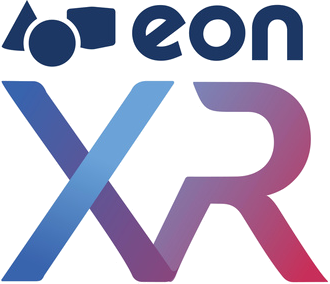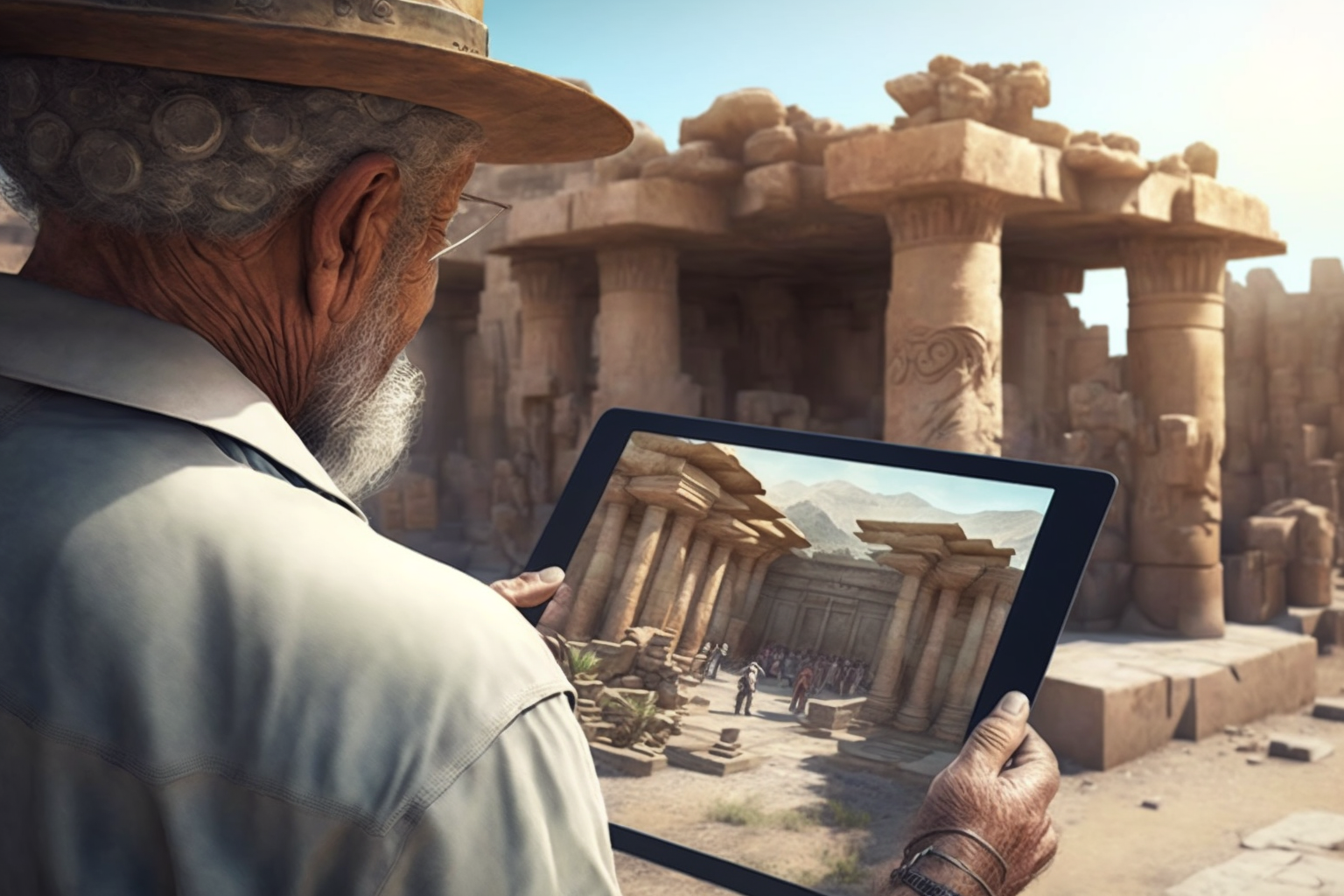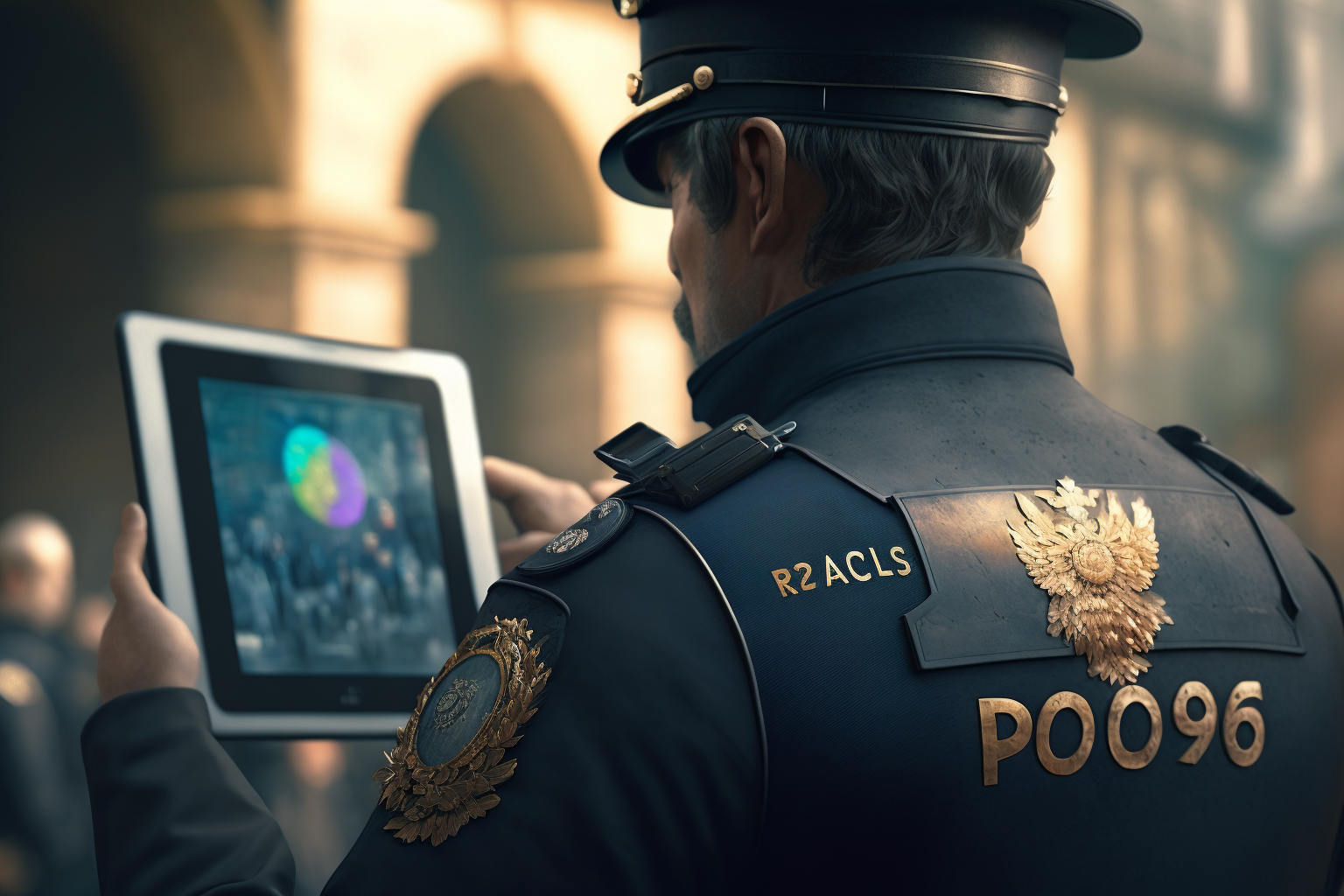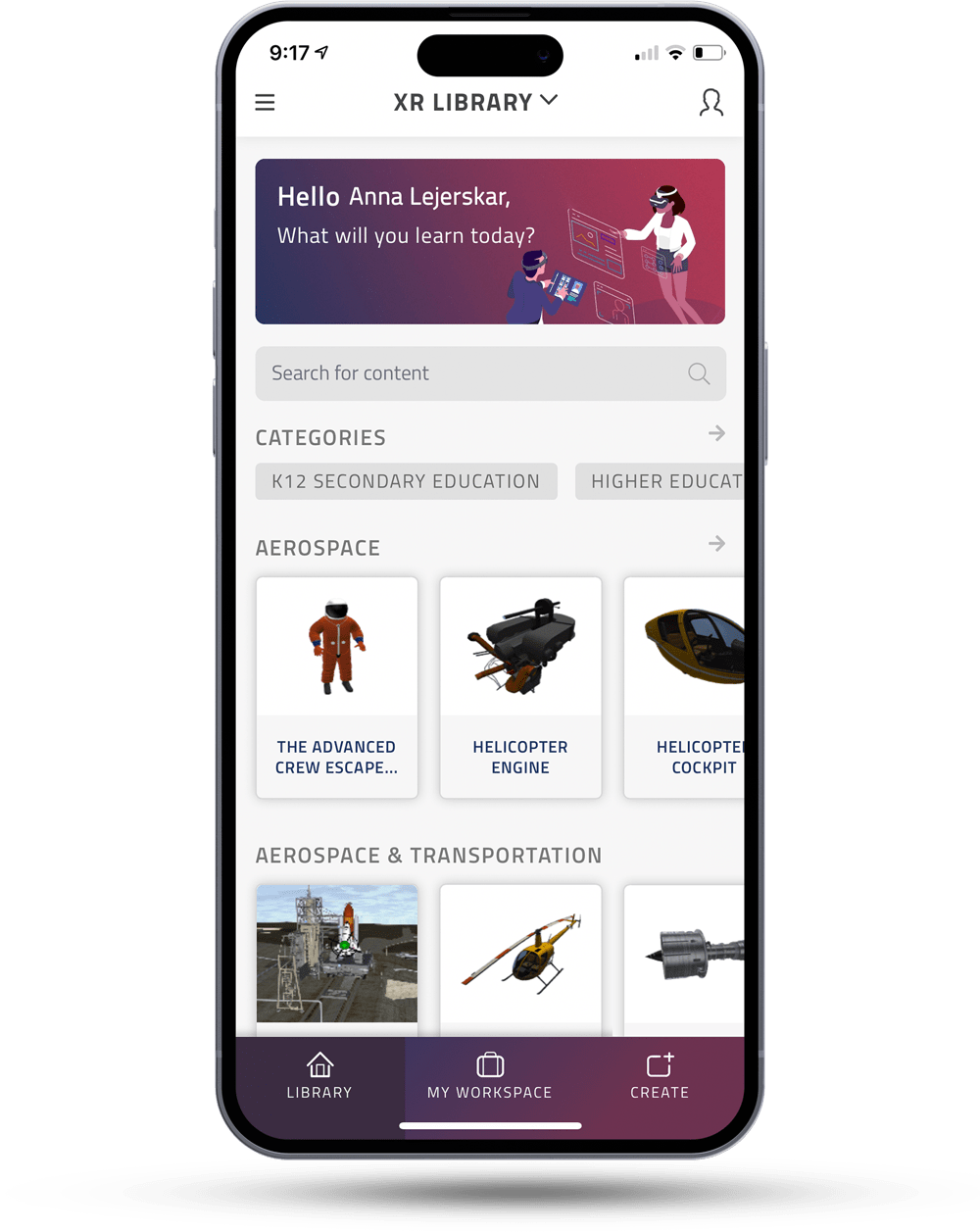IRVINE, Calif., August 5, 2010 – EON Reality, the world’s leading interactive 3D software provider, has collaborated with JTM Concepts, a technical service provider focusing on the development of virtual learning curriculum and joint projects that utilize experts around the world, to develop 3D educational applications for K-12. As 3D projection technology evolves from novelty to a mass-market phenomenon, educators are looking to take advantage of this technology. But the questions are: what curricula/lessons can be used and does 3D have a measurable and meaningful impact on education outcomes?
In Illinois, thanks to grant funding and successful pilot programs, tens of thousands of students are on track to learn from dozens of 3D simulations. The classroom program is initiated by JTM Concepts, who develops 3D educational software for K-12 education using EON Reality’s development software.
According to Tracey Masamoto, director for JTM, 3D has a transformative effect. “The first simulation we developed was for the inner ear for a high school science class, and we had three teachers deliver that lesson in combined sessions with up to 60 students in the library. The first comment from the teachers was that there wasn’t one discipline issue – which amazed them. And the second thing they noted was that every student passed the exam, which was unprecedented.” Masamoto added, “I think that 3D lessons can help us reach many more students with different – visual – learning styles. One teacher showed me some post-lesson questionnaires and noted the enthusiasm from her ADD/ADHD students.”
In the next, more-formal phase, a Rock Island School District high school teacher delivered a ninth-grade-level lesson in earth science to four sixth-grade classes in the district. Two of the classes were demographically representative of the district and two others were comprised of 99 percent low-income students. The lesson, which normally requires two to three class periods to complete, was taught in just one class period. According to Masamoto, the test results were astounding. “The delta between pre- and post-lesson tests was huge,” she said. “In the first school, the control group test scores increased 9.7 percent. But the group that received its lesson in 3D saw a 35 percent increase. And in the second school with low-income students, the score improvements were 9.7 percent for the control group and 23 percent for students who received the 3D lesson. These kinds of test score improvements are unheard of.”
The next step for the Classroom3® initiative is to roll out the technology across the state; 20 teachers in Illinois’ 48 regions will be provided with resources, software, manuals, and instructions on how to integrate 3D lessons within their schools’ curricula. The goal is to build a critical mass of enthusiasm among faculty statewide. Clayton Naylor, program coordinator for the Rock Island County ROE, is charged with overseeing this statewide deployment among his peer ROEs. “We’ll have hundreds of teachers receiving in-depth, day-long training this year. And they’ll be able to return to their schools and share that information with their colleagues.”
Source: The Classroom3® 3D Case Study was provided by Texas Instruments
About EON Reality
EON Reality, Inc. is the world’s leading interactive 3D visual content management and virtual reality software provider. Industry leaders, including Atlas Copco, Bechtel, Boeing, Bombardier, Hon, Intel, Lexus, Lufthansa-Teknik, Peterbilt, Samsung, Siemens Medical, Suzuki, Toyota and Whirlpool, use EON solutions to enhance the interactive user experience to effectively increase sales, better communicate product functionality and decrease the cost of service, training and technical support. For further information, visit www.eonreality.com.



















